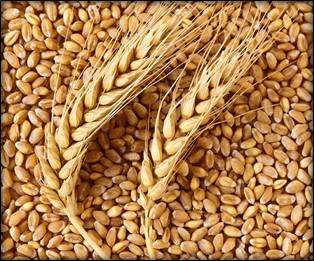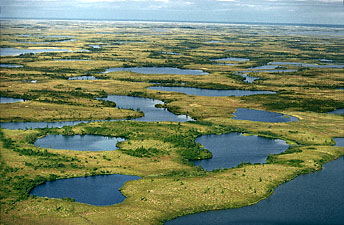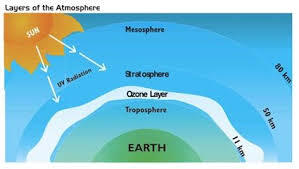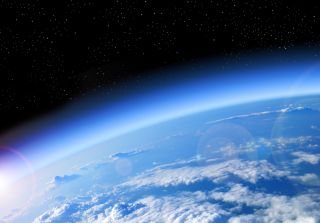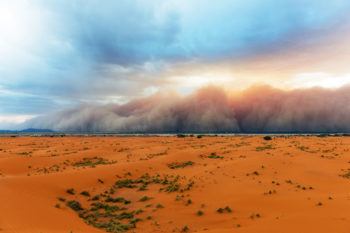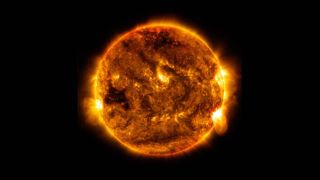General Knowledge- Our Environment Quiz
(201).jpg)
What do you know about our environment and the elements that contribute together to make it function? In this general knowledge quiz, we will focus on some of them, such as the Ozon layer, gases, desert, delta, Sun, etc. Let's see how much do you know!
- 1.
The climate in the Kaveri delta is suitable for the growth of wheat.
- A.
True
- B.
False
Correct Answer
B. FalseExplanation
The given statement is false. The climate in the Kaveri delta is not suitable for the growth of wheat. Wheat is typically grown in cooler climates with moderate temperatures, while the Kaveri delta region has a hot and humid climate. The Kaveri delta is more suitable for the cultivation of rice, which requires a high amount of water and thrives in the hot and humid conditions of the region.Rate this question:
-
- 2.
Biotic resources are composed of plants and animals.
- A.
True
- B.
False
Correct Answer
A. TrueExplanation
Biotic resources refer to living organisms such as plants and animals. These resources are derived from the biosphere and play a crucial role in sustaining life on Earth. Therefore, the statement that biotic resources are composed of plants and animals is true.Rate this question:
-
- 3.
A balance between the natural and human environment is known as ecological balance.
- A.
True
- B.
False
Correct Answer
A. TrueExplanation
Ecological balance refers to the state of equilibrium between the natural and human environment. It implies that there is a harmonious relationship between the two, where human activities do not disrupt or harm the natural environment. This balance is essential for the sustainability of ecosystems and the well-being of both humans and the environment. Therefore, the statement "A balance between the natural and human environment is known as ecological balance" is true.Rate this question:
-
- 4.
Ozone is a form of hydrogen.
- A.
True
- B.
False
Correct Answer
B. FalseExplanation
Ozone is not a form of hydrogen. Ozone is a molecule made up of three oxygen atoms (O3), while hydrogen is a separate element with its own unique properties.Rate this question:
-
- 5.
Nitrogen is one of the most important greenhouse gases.
- A.
True
- B.
False
Correct Answer
B. FalseExplanation
Nitrogen is not considered one of the most important greenhouse gases. The most significant greenhouse gases are carbon dioxide (CO2), methane (CH4), and nitrous oxide (N2O). While nitrogen is present in the atmosphere and plays a role in the greenhouse effect, it is not considered a major contributor to climate change. Therefore, the statement that nitrogen is one of the most important greenhouse gases is false.Rate this question:
-
- 6.
The formation of the Ozone takes place in the upper stratosphere.
- A.
True
- B.
False
Correct Answer
A. TrueExplanation
Ozone formation occurs in the upper stratosphere due to the presence of ultraviolet (UV) radiation from the Sun. UV radiation breaks apart oxygen molecules (O2) into individual oxygen atoms. These atoms then combine with other oxygen molecules to form ozone (O3). This process happens predominantly in the upper stratosphere, where the concentration of UV radiation is higher. The ozone layer, which is crucial for absorbing harmful UV radiation and protecting life on Earth, is primarily located in the upper stratosphere.Rate this question:
-
- 7.
A desert is thickly populated.
- A.
True
- B.
False
Correct Answer
B. FalseExplanation
The statement "A desert is thickly populated" is incorrect. Deserts are known for their extreme arid conditions with very little rainfall, making it difficult for most forms of life to survive. As a result, deserts are typically sparsely populated with plants, animals, and human settlements. Therefore, the correct answer is false.Rate this question:
-
- 8.
Sun is the chief source of energy on earth.
- A.
True
- B.
False
Correct Answer
A. TrueExplanation
The sun is the chief source of energy on Earth because it provides sunlight, which is essential for photosynthesis in plants. Through photosynthesis, plants convert sunlight into chemical energy, which is then transferred to other organisms in the food chain. Additionally, the sun's energy is harnessed through solar panels to generate electricity for various human activities. Therefore, it is true that the sun is the chief source of energy on Earth.Rate this question:
-
Quiz Review Timeline +
Our quizzes are rigorously reviewed, monitored and continuously updated by our expert board to maintain accuracy, relevance, and timeliness.
-
Current Version
-
Mar 22, 2023Quiz Edited by
ProProfs Editorial Team -
Feb 22, 2021Quiz Created by
Themes
 Back to top
Back to top



